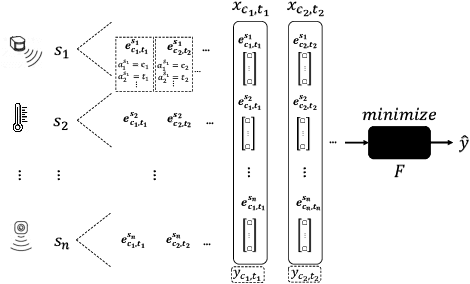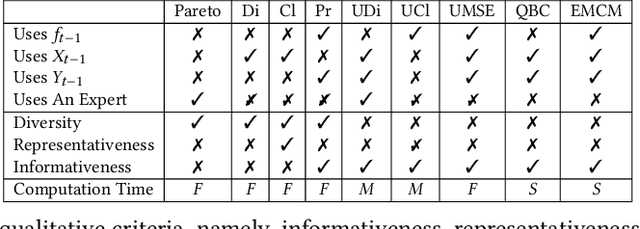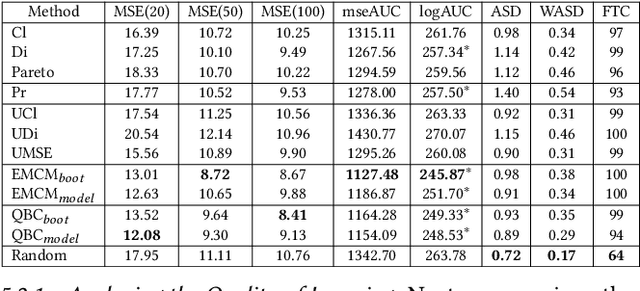Yael Badian
A Picture May Be Worth a Thousand Lives: An Interpretable Artificial Intelligence Strategy for Predictions of Suicide Risk from Social Media Images
Feb 19, 2023



Abstract:The promising research on Artificial Intelligence usages in suicide prevention has principal gaps, including black box methodologies, inadequate outcome measures, and scarce research on non-verbal inputs, such as social media images (despite their popularity today, in our digital era). This study addresses these gaps and combines theory-driven and bottom-up strategies to construct a hybrid and interpretable prediction model of valid suicide risk from images. The lead hypothesis was that images contain valuable information about emotions and interpersonal relationships, two central concepts in suicide-related treatments and theories. The dataset included 177,220 images by 841 Facebook users who completed a gold-standard suicide scale. The images were represented with CLIP, a state-of-the-art algorithm, which was utilized, unconventionally, to extract predefined features that served as inputs to a simple logistic-regression prediction model (in contrast to complex neural networks). The features addressed basic and theory-driven visual elements using everyday language (e.g., bright photo, photo of sad people). The results of the hybrid model (that integrated theory-driven and bottom-up methods) indicated high prediction performance that surpassed common bottom-up algorithms, thus providing a first proof that images (alone) can be leveraged to predict validated suicide risk. Corresponding with the lead hypothesis, at-risk users had images with increased negative emotions and decreased belonginess. The results are discussed in the context of non-verbal warning signs of suicide. Notably, the study illustrates the advantages of hybrid models in such complicated tasks and provides simple and flexible prediction strategies that could be utilized to develop real-life monitoring tools of suicide.
From Limited Annotated Raw Material Data to Quality Production Data: A Case Study in the Milk Industry
Apr 26, 2022



Abstract:Industry 4.0 offers opportunities to combine multiple sensor data sources using IoT technologies for better utilization of raw material in production lines. A common belief that data is readily available (the big data phenomenon), is oftentimes challenged by the need to effectively acquire quality data under severe constraints. In this paper we propose a design methodology, using active learning to enhance learning capabilities, for building a model of production outcome using a constrained amount of raw material training data. The proposed methodology extends existing active learning methods to effectively solve regression-based learning problems and may serve settings where data acquisition requires excessive resources in the physical world. We further suggest a set of qualitative measures to analyze learners performance. The proposed methodology is demonstrated using an actual application in the milk industry, where milk is gathered from multiple small milk farms and brought to a dairy production plant to be processed into cottage cheese.
 Add to Chrome
Add to Chrome Add to Firefox
Add to Firefox Add to Edge
Add to Edge